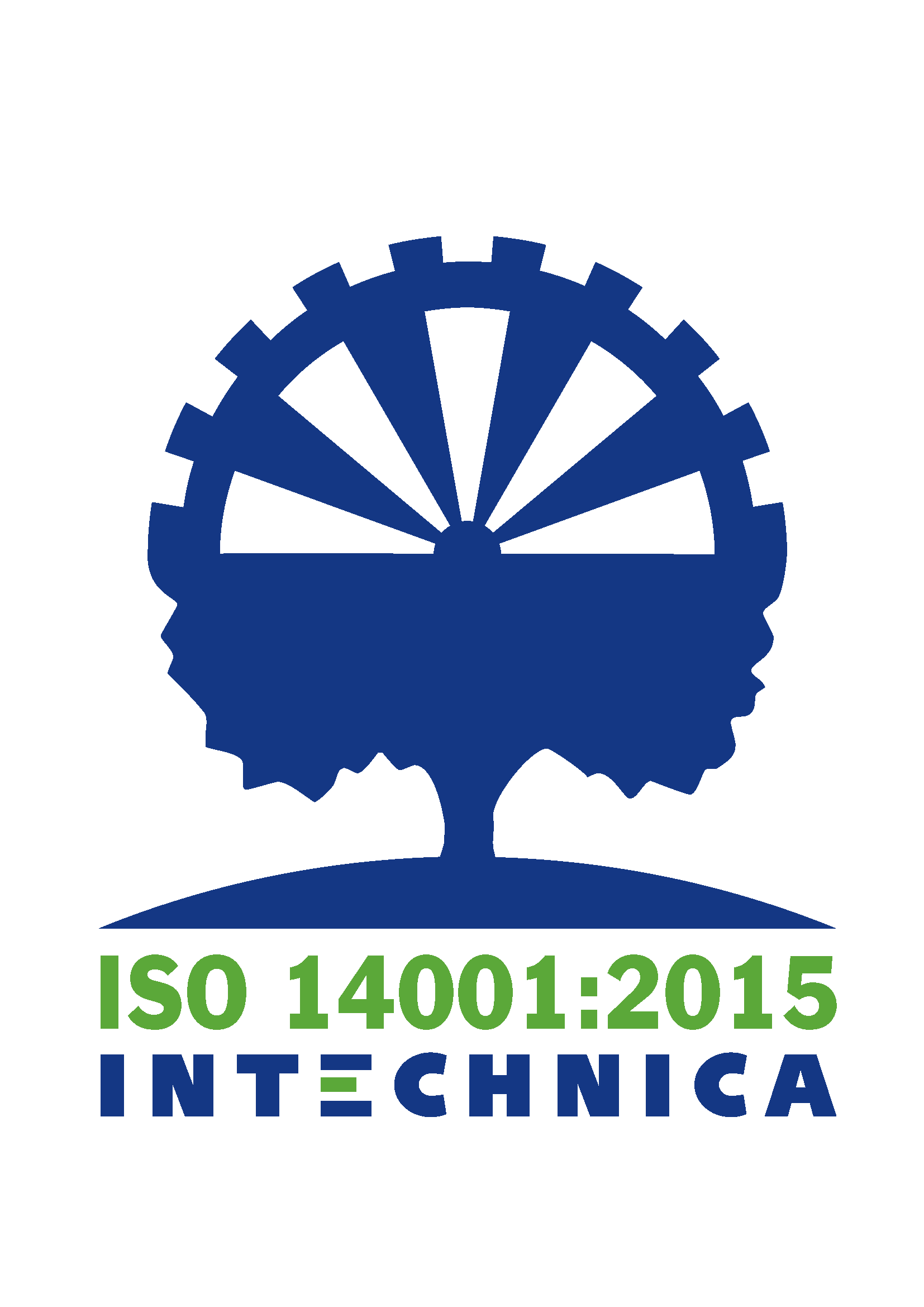Choosing the right one Tension springs for garage doors is crucial to ensuring smooth and reliable operation of your garage door. These small but mighty springs support the entire weight of the door and are responsible for maintaining tension to allow for easy opening and closing. There are several factors to consider when choosing extension springs, including the weight of the door, the type of spring, and desired longevity.
Our high quality garage door tension springs not only offer excellent performance but also a long service life. We offer a wide range of spring types and sizes to ensure you find the perfect fit for your door. With our expertise and commitment to quality, you can rely on our tension springs to keep your garage safe and efficient.
Whether you’re looking to install a new garage door or replace your existing springs, we’re here to provide you with superior service and support. Contact us today and discover the benefits of our high-quality garage door tension springs.
How tension springs work in garage doors
Tension springs are an essential part of the garage door system and play an important role in smooth operation. These springs are designed to balance the weight of the door and create the necessary tension to make the gate easier to open and close. The compression of the springs stores potential energy, which is released when the gate is opened. This energy helps support the weight of the door and makes the gate easier to operate.
There are two main types of extension springs used in garage doors: torsion springs and extension springs. Torsion springs are mounted horizontally across the door opening and work by rotation, while tension springs are mounted vertically on either side of the door and work by stretching. Both types of springs create the tension needed to balance the weight of the door and allow for easy opening and closing.
Types of extension springs for garage doors
There are different types of garage door extension springs that can be selected depending on the specific needs and design of the door. Common types of tension springs include:
- Torsion Springs: These springs are installed horizontally across the door opening and come in various sizes and strengths. They offer a high load capacity and are suitable for garage doors of different weights.
- Extension Springs: These springs are installed vertically on both sides of the door and are available in various lengths and tension strengths. They are well suited for goals where available space is limited.
- Extension Springs: These springs are attached to both sides of the door and work by stretching. They are flexible and can be adapted to different door sizes.
Choosing the right type of extension springs depends on factors such as the weight of the door, the space available and individual requirements. It is important to follow the manufacturer’s specific recommendations and, if necessary, seek professional help to ensure that the springs are selected correctly.
Signs of a worn tension spring
Worn tension springs can lead to various problems with the garage door and should therefore be replaced in a timely manner. Here are some signs to look out for:
- Difficulty opening or closing the door: If the garage door operates sluggishly or unevenly, this may be an indication of worn tension springs. The springs may have lost their elasticity and no longer maintain the required tension.
- Visible wear or breakage: Regularly inspect the tension springs for signs of wear, such as cracks, deformation or breaks. Visible damage to the springs indicates that they need to be replaced.
- Change in noise level: If the garage door suddenly becomes louder or makes unusual noises, this may indicate a worn tension spring. The springs may no longer function properly and cause additional stress on the other parts of the system.
If you notice any of these signs, it is advisable to replace the tension springs as soon as possible to avoid damage to the garage door and ensure safety.
Steps to replace a tension spring in a garage door
Replacing a tension spring in a garage door requires care and precision. Here are the basic steps you should follow:
- Follow safety tips: Before you begin replacing the springs, make sure the garage door is fully closed and unlock the motor to prevent accidental movement. Always wear protective equipment, including gloves and safety glasses.
- Identify the type and size of the old spring: Measure the length and diameter of the old spring to select the correct replacement spring. Also consider the wind direction with torsion springs.
- Remove the old spring: Loosen the fasteners and carefully remove the old spring.
- Install the new spring: Install the new spring in the appropriate locations, ensuring proper orientation and position.
- Tension the spring: Tension the spring according to the manufacturer’s instructions. This can vary depending on the spring type.
- Test the garage door: After replacing the spring, check the operation of the garage door to ensure that it is working properly and is properly balanced.
It is important to note that replacing tension springs can be a challenging task and requires specialized knowledge. If you feel unsure or have no experience with garage doors, we recommend that you seek professional service to perform the spring replacement.
Avoid common mistakes when replacing tension springs
When replacing garage door tension springs, there are some common mistakes that should be avoided to avoid door damage and injury. Here are some of the top mistakes and how to avoid them:
- Lack of safety precautions: Working with tension springs can be dangerous if the necessary safety precautions are not taken. Make sure the garage door is secured and always wear appropriate protective equipment.
- Using Incorrect Spring Types or Sizes: Using incorrect spring types or sizes can result in insufficient tension or imbalance in the garage door. Make sure you select the correct springs according to the manufacturer’s specifications.
- Unprofessional installation: Improper installation of the tension springs can cause damage to the garage door or cause it to malfunction. If you are unsure, you should always seek professional help.
- Neglecting Regular Maintenance: Tension springs should be checked and maintained regularly to ensure their longevity and performance. Don’t neglect regular maintenance to avoid expensive repairs.
By avoiding these mistakes, you can ensure that the extension spring replacement goes smoothly and your garage door functions optimally.
Importance of regular maintenance of tension springs
Regular maintenance of tension springs is crucial to ensure their functionality and longevity. Here are some reasons why regular maintenance is important:
- Extending lifespan: Regular maintenance and inspection can identify potential problems early and resolve them before they cause major damage. This extends the service life of the tension springs and saves long-term costs for repairs or replacement.
- Optimum Performance: Well-maintained tension springs ensure optimal performance of the garage door. They ensure that the gate opens and closes smoothly and prevents unnecessary stress on other components.
- Preventing accidents and damage: Regular maintenance helps identify and resolve potential safety risks. This minimizes the risk of accidents or damage caused by faulty tension springs.
It is recommended to have the tension springs checked and serviced by a professional service at least once a year. Additionally, you should perform regular visual inspections and look for signs of wear or damage.
Tips for extending the life of tension springs
With a few simple tips, you can maximize the life of your tension springs and ensure their optimal performance. Here are some useful tips:
- Keep the springs clean: Regularly remove dirt and debris from the tension springs to ensure smooth movement.
- Lubricate the springs: Use a high quality lubricant to lubricate the tension springs regularly. This reduces friction and extends the life of the springs.
- Check regularly for wear: Perform regular inspections and check the tension springs for signs of wear, such as cracks, deformation or breaks. If necessary, the springs should be replaced immediately.
- Avoid excessive loading: Try to keep the weight of the garage within recommended limits to avoid excessive loading on the tension springs.
- Get professional maintenance: Have the tension springs checked and serviced by a professional service at least once a year. This ensures a thorough inspection and timely detection of problems.
By following these tips, you can maximize the life of your tension springs and ensure optimal performance from your garage door.









Leave A Comment